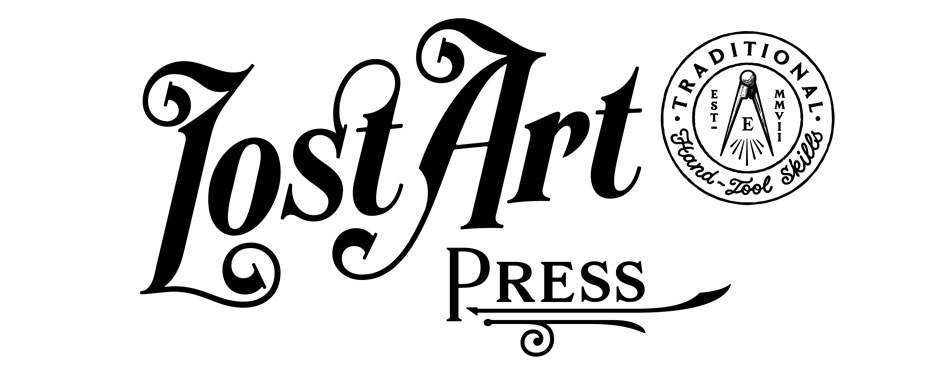During the day, I hold a pair of our Crucible dividers and rub them like a worry stone or a rosary as I write, think or ponder my path forward at my workbench or my laptop.
The curves and chamfers of my dividers – I own only one pair – are as familiar to me as my wife’s hands or the tote of my Lie-Nielsen No. 3. The weight is reassuring. The stiffness of its hinge is something I measure every time I pick them up.
And when my mind runs out of ideas, I look down at the dividers in my hand and marvel at how difficult it has been for us to get these five pieces of steel to fit together and move deliberately.
During the last two years Raney, John and I have had to learn a lot about metal, casting, machining, laser-cutting and a host of other allied skills to keep Crucible Tool afloat, making tools and growing. Despite all this effort (and sometime anguish), these dividers remain a true wonder to me.
Raney began his design with an Art Deco pair my mother found in an antique stall. That vintage pair was an interesting design, and Raney and I stared at them for a long time, knowing they contained the kernel of a good idea.
But the tension in its hinge wasn’t adjustable. It was difficult to pull the legs apart. They had unnecessary bulk.
After weeks (months?) in his lab, Raney emerged with this tool. And it has replaced my pocketknife as “the thing” that is always in my hand.
Truth: They are a total b&^%h to manufacture. The fit between the sex nuts and the two legs has to be within a half of a thousandth of an inch. If we miss that specification, the legs have a bit of slop in them that we consider unacceptable. Many dividers have this slop, which can make your layouts a bit cattywumpus (though not disastrous).
John, who does our quality control, puts it this way: “That slop would be fine if these dividers were $50. But for $187? They have to be better than that.”
They are. Thanks to Raney and John, these are the best pair of dividers I’ve ever owned. I know this sounds like bullcrap coming from someone who is part of Crucible, but so be it. I am unashamed at my love for this tool. It is the result of hundreds of hours of grief and inspiration.
Every day, dozens of times I day, I test them. They open smoothly. They close the same (and without slipping). And so I test them again and stare at the work on my bench.
— Christopher Schwarz
P.S. We have 30 dividers in stock today with another 30 about to go to the warehouse and another 100 in the CNC mill. You can order a pair here.








